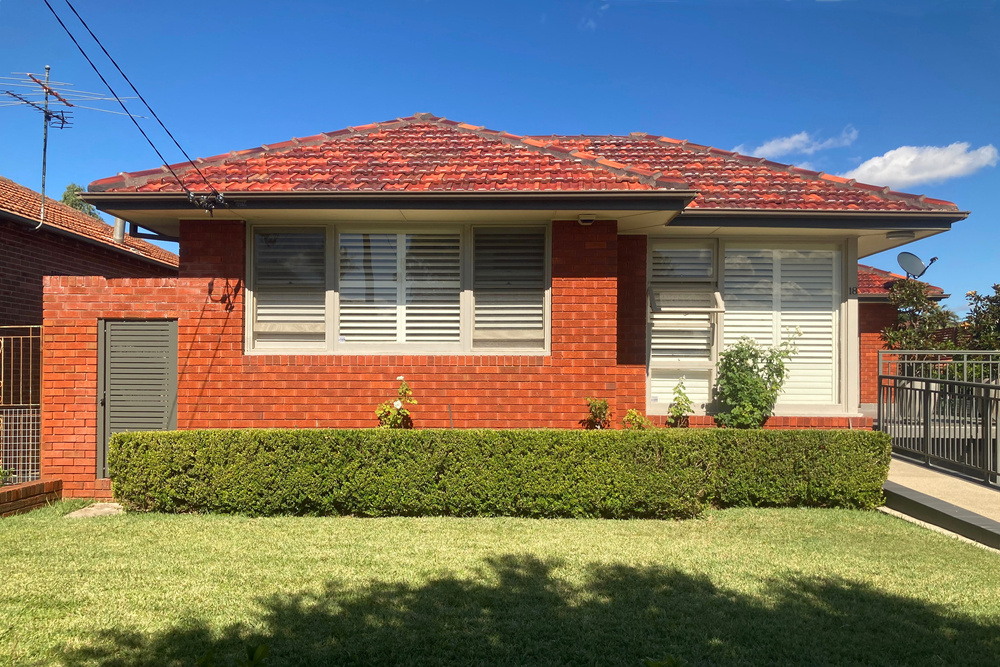-1.jpg)
Jun
Whirlybird Roof Ventilation Guide
Roof ventilation is a crucial aspect of maintaining a healthy and energy-efficient home. Among the various ventilation options available, whirlybirds are a popular choice.
This guide will help you understand what a whirlybird is, how it works, its advantages and disadvantages, how it compares to other ventilation options, and whether you should consider installing one on your roof. Then we’ll share our tips for installing and maintaining your whirlybird.
Let’s dive in!
What is a Whirlybird?
A whirlybird, also known as a turbine vent, is a type of passive roof ventilation device. It is typically a cylindrical, dome-shaped structure made of metal, featuring fins or vanes that spin when wind blows over them. The spinning motion creates a suction effect that pulls hot air and moisture out of the attic or roof space, promoting better airflow and temperature regulation within the home.
How do they work?
Whirlybirds operate on a simple yet effective principle of wind-driven ventilation. Let’s take a step-by-step look at how they function.
When the wind blows, it causes the turbine's fins to rotate. Even a light breeze is sufficient to set the whirlybird in motion.
The spinning action of the fins creates a low-pressure area inside the turbine, which draws warm and moist air out of the attic or roof space.
As the warm air is expelled, cooler outside air is drawn into the attic through other vents, such as soffit vents. This continuous exchange of air helps maintain a balanced and cooler environment within the roof space.
Whirlybird Advantages
Installing a whirlybird on your roof offers several benefits, including:
Improves Energy Efficiency
By expelling hot air from the attic, whirlybirds help reduce the overall temperature inside your home. This can lead to lower cooling costs during the summer months as your air conditioning system won’t have to work as hard.
Controls Moisture
Effective ventilation prevents the buildup of moisture in the attic, which can lead to mould growth, wood rot, and other structural issues.
Runs Passively
Whirlybirds don’t require electricity to operate, making them an eco-friendly and cost-effective solution for roof ventilation.
Durable
Made from robust materials like aluminium or stainless steel, whirlybirds are designed to withstand harsh weather conditions and can last for many years with minimal maintenance.
Noise-Free
Modern whirlybirds are designed to operate quietly, without causing disturbances inside the home.
Whirlybird Disadvantages
While whirlybirds are effective, they are not without their drawbacks. These can include:
Relies on Wind
The efficiency of whirlybirds is heavily dependent on wind. In areas with little to no wind, their performance can be significantly reduced.
Gives Limited Coverage
One whirlybird may not be sufficient for larger homes or complex roof structures. Multiple units might be required to achieve optimal ventilation, increasing installation costs.
Potential Leaks
Improper installation or damage to the whirlybird can lead to roof leaks. It’s crucial to ensure they are installed correctly and checked regularly.
Aesthetic Concerns
Some homeowners may find the appearance of whirlybirds unattractive, though this is a subjective concern.
How do Whirlybirds Compare to other Roof Ventilation Types?
While whirlybirds offer effective roof ventilation, it's essential to consider how they compare with other ventilation options available on the market. Here's a comparison with some alternative ventilation systems.
Ridge Vents
Advantages:
- Ridge vents are installed along the peak of the roof, allowing for continuous airflow across the entire roofline.
- They provide a more aesthetically pleasing appearance since they are less noticeable compared to whirlybirds.
- Ridge vents are not dependent on wind for operation, offering consistent ventilation regardless of weather conditions.
Disadvantages:
- Installation can be more complex and costly, requiring cutting into the roof's ridge and ensuring proper sealing.
- Ridge vents may not be as effective in areas with low wind flow, where whirlybirds can offer better performance.
Gable Vents
Advantages:
- Gable vents are installed on the gable ends of the attic, allowing for airflow from one end to the other.
- They are relatively easy to install and can complement other ventilation systems, such as ridge vents or whirlybirds.
Disadvantages:
- Gable vents may not provide as effective ventilation as ridge vents or whirlybirds since they rely on natural airflow.
- They can be prone to weather damage if not properly sealed or protected during severe weather events.
Static Roof Vents
Advantages:
- Static roof vents are simple in design and can be cost-effective to install.
- They provide passive ventilation without relying on moving parts, reducing the risk of mechanical failure.
Disadvantages:
- Static roof vents may not offer as much airflow as whirlybirds or powered attic fans, especially during periods of low wind.
- They require proper spacing and placement on the roof to ensure effective ventilation, which may limit their placement options.
Should I Install a Whirlybird on my Roof?
Deciding whether to install a whirlybird depends on several factors. These can include climate, roof size and design, existing ventilation, installation quality, and aesthetic preferences.
- Climate: Whirlybirds are particularly beneficial in hot climates where reducing attic heat can significantly impact indoor temperatures. However, in areas with minimal wind, their effectiveness may be limited.
- Roof Size and Design: Evaluate the size and design of your roof. Larger roofs or those with complex designs may require multiple whirlybirds or a combination of different ventilation systems.
- Existing Ventilation: Assess your current ventilation setup. Whirlybirds can complement other types of vents, but it’s essential to ensure a balanced airflow system.
- Installation Quality: Ensure professional installation to avoid potential issues like leaks. A well-installed whirlybird can provide years of maintenance-free operation.
- Aesthetic Preferences: Consider whether the appearance of whirlybirds aligns with your aesthetic preferences. There are various designs available that may suit your taste better.
Whirlybird Installation & Maintenance Tips
Proper installation and regular maintenance are key to ensuring your whirlybird operates efficiently and lasts for many years. Here are some tips to help you with both aspects:
Installation Tips
- Hire a Professional: While some homeowners may opt for a DIY approach, hiring a professional ensures the whirlybird is installed correctly, reducing the risk of leaks and maximising efficiency.
- Optimal Placement: Install the whirlybird at the highest point of your roof, where hot air tends to accumulate. Ensure it’s positioned away from obstructions like trees or taller structures that could block wind flow.
- Number of Units: Assess your attic space and roof size to determine the number of whirlybirds needed. Larger or more complex roofs might require multiple units for effective ventilation.
- Complementary Vents: Pair whirlybirds with other types of vents, such as soffit or gable vents, to create a balanced ventilation system that allows for continuous airflow.
Maintenance Tips
- Regular Inspection: Check your whirlybird periodically for signs of wear and tear, such as rust, loose parts, or debris buildup. Inspections are particularly important after severe weather events.
- Cleaning: Remove any debris, such as leaves or twigs, that may have accumulated around the whirlybird. This ensures unobstructed airflow and prevents potential damage to the turbine.
- Lubrication: Some whirlybirds may require occasional lubrication to ensure smooth and quiet operation. Consult the manufacturer’s instructions for specific maintenance requirements.
- Seal Checks: Inspect the seal around the base of the whirlybird to ensure it’s intact and preventing water from entering your roof space. If you notice any gaps or damage, reseal or replace the seal as necessary.
- Replacement: Over time, parts of the whirlybird may wear out or become damaged. Replace any worn or broken components promptly to maintain optimal performance.
By following these installation and maintenance tips, you can ensure that your whirlybird functions efficiently, providing effective roof ventilation and contributing to a more comfortable and energy-efficient home. Regular maintenance will also help extend the lifespan of your whirlybird, making it a worthwhile investment in your home’s ventilation system.
Final Thoughts
In conclusion, whirlybirds are a valuable addition to many homes, offering energy savings, moisture control, and eco-friendly operation. By understanding their advantages and limitations, you can make an informed decision about whether a whirlybird is the right choice for your roof ventilation needs.
Looking for a Reliable Roofing Company in Brisbane?
Whether you need to install ventilation such as whirlybirds, do a full roof replacement or fix a leaking roof, Roo Roofing has experienced and qualified tradesmen who can handle anything.
If you need advice on your roof, talk to one of our experts today.
Get in touch today for a free assessment and quote.



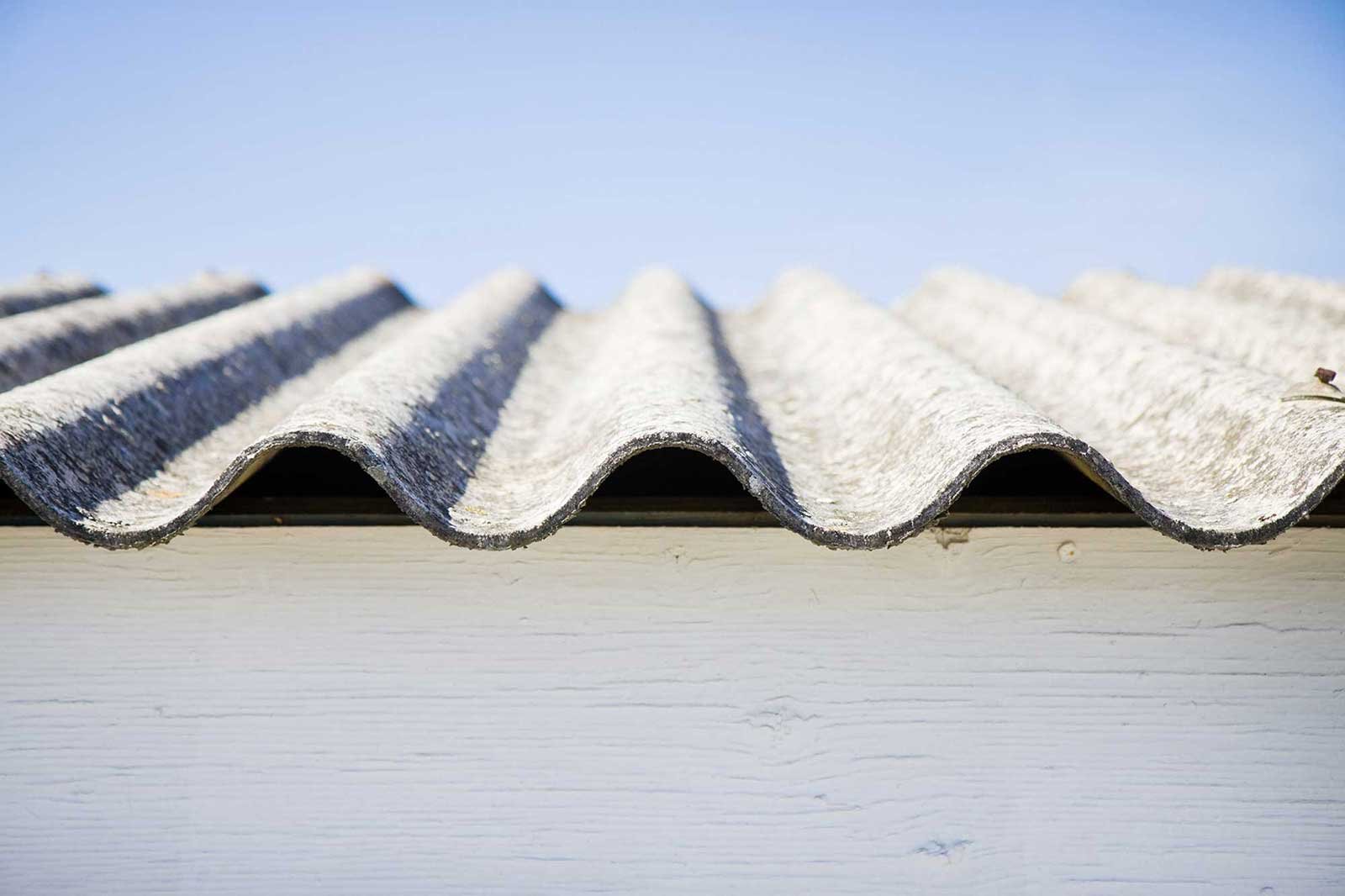




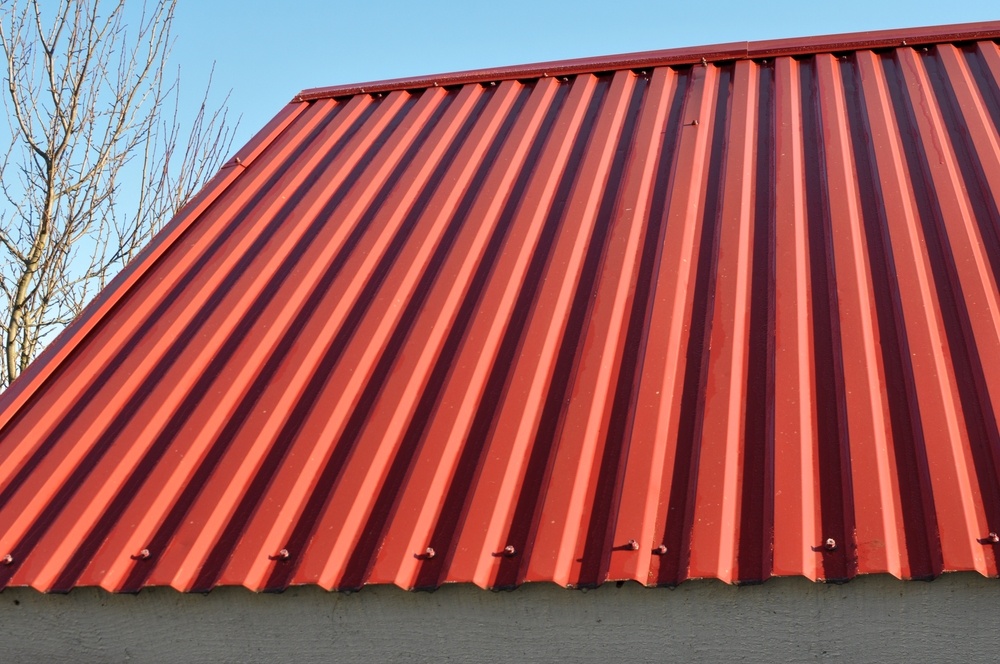






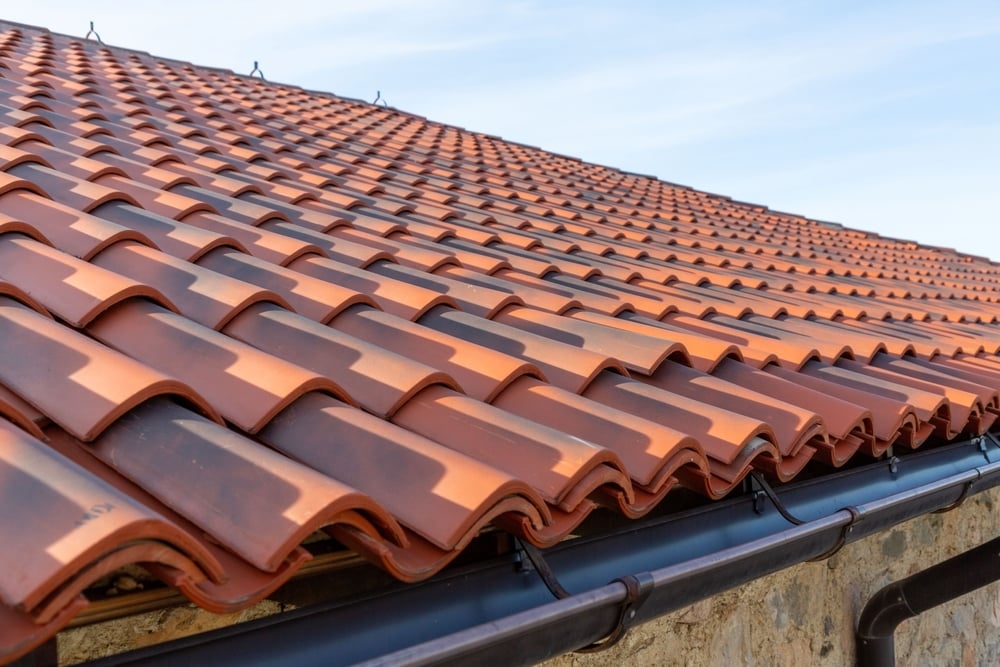
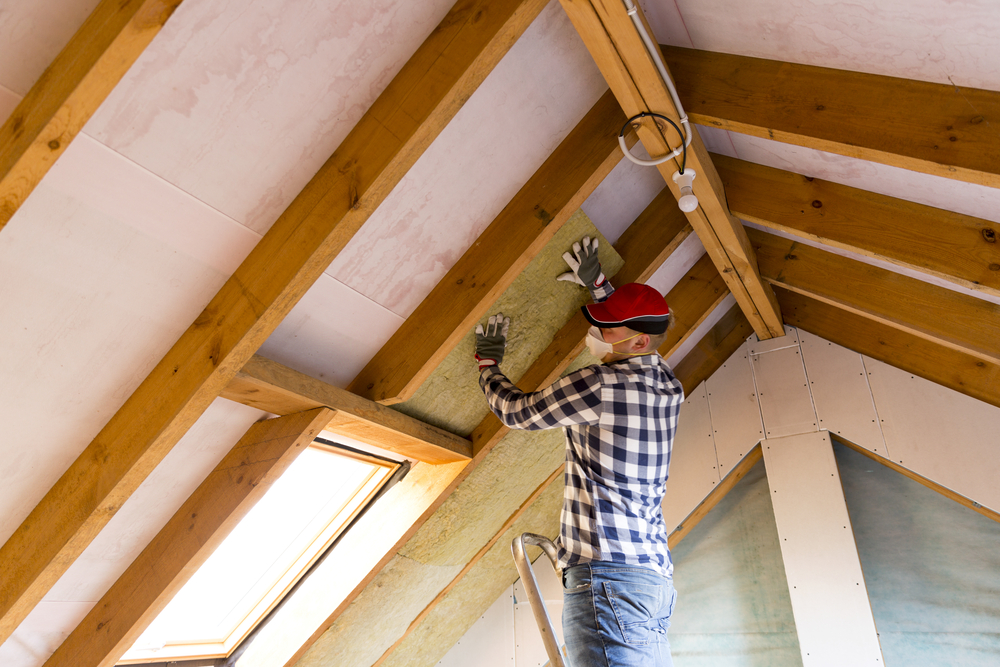
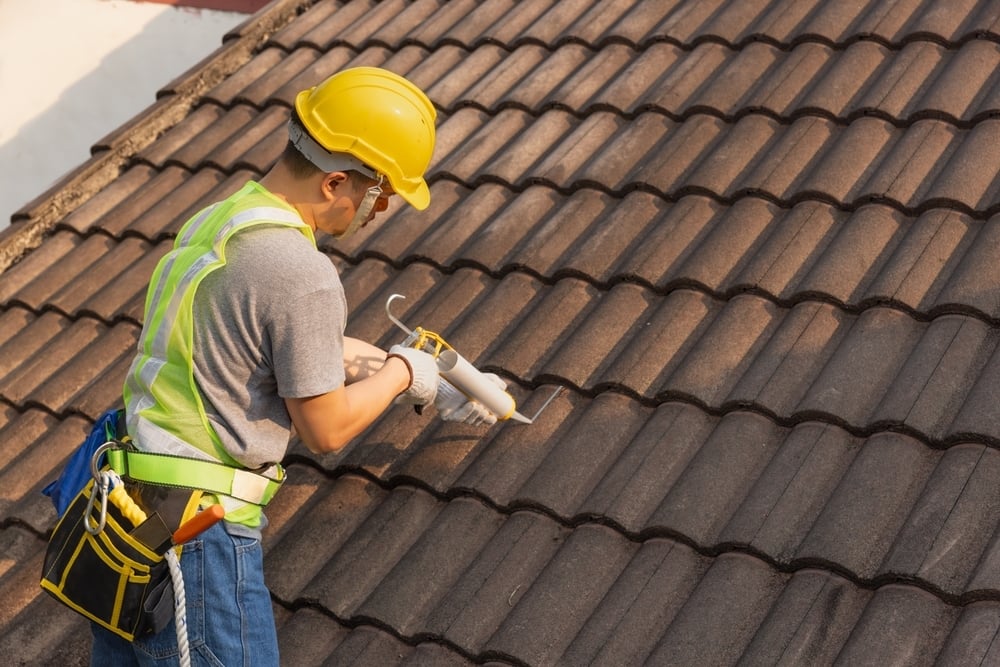
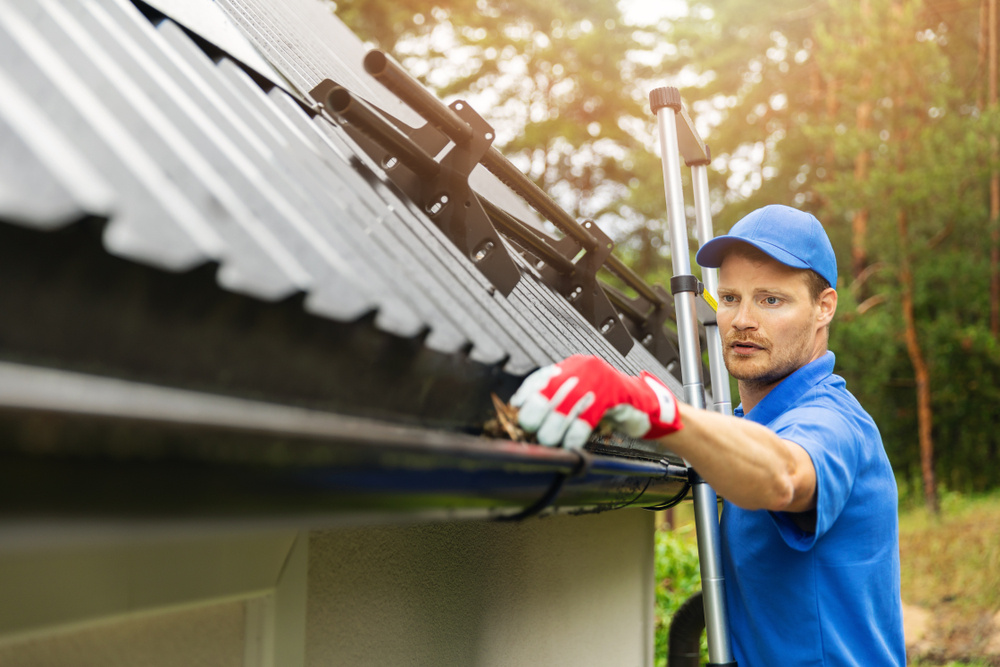

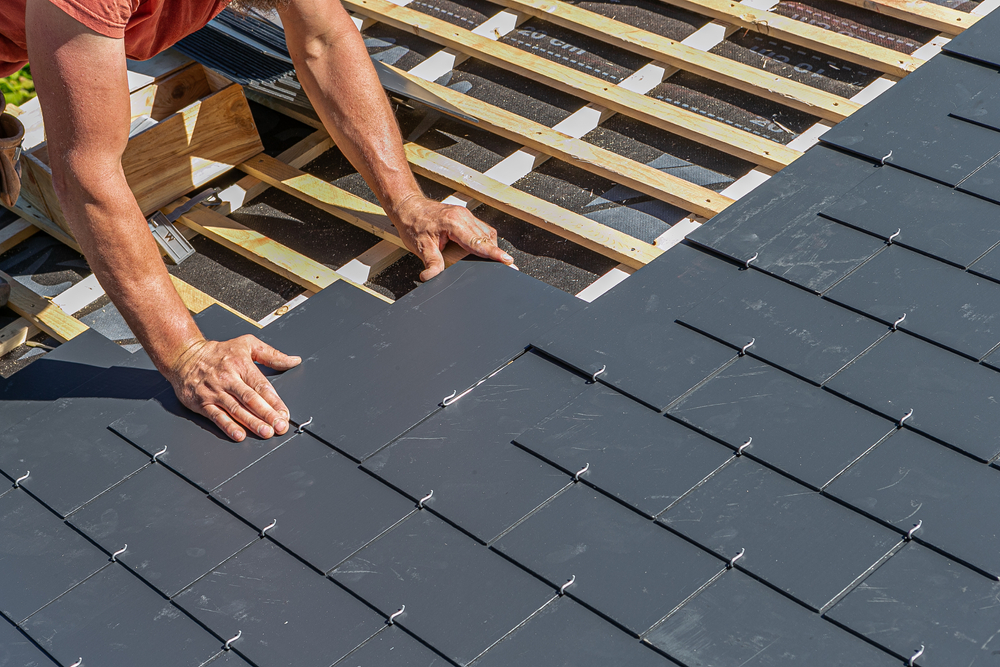

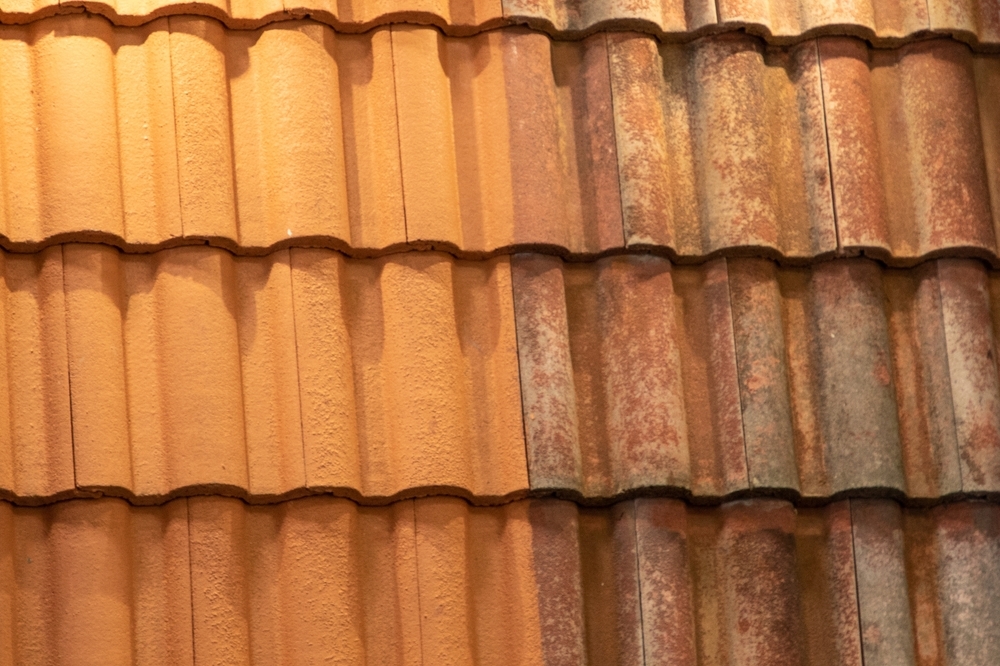
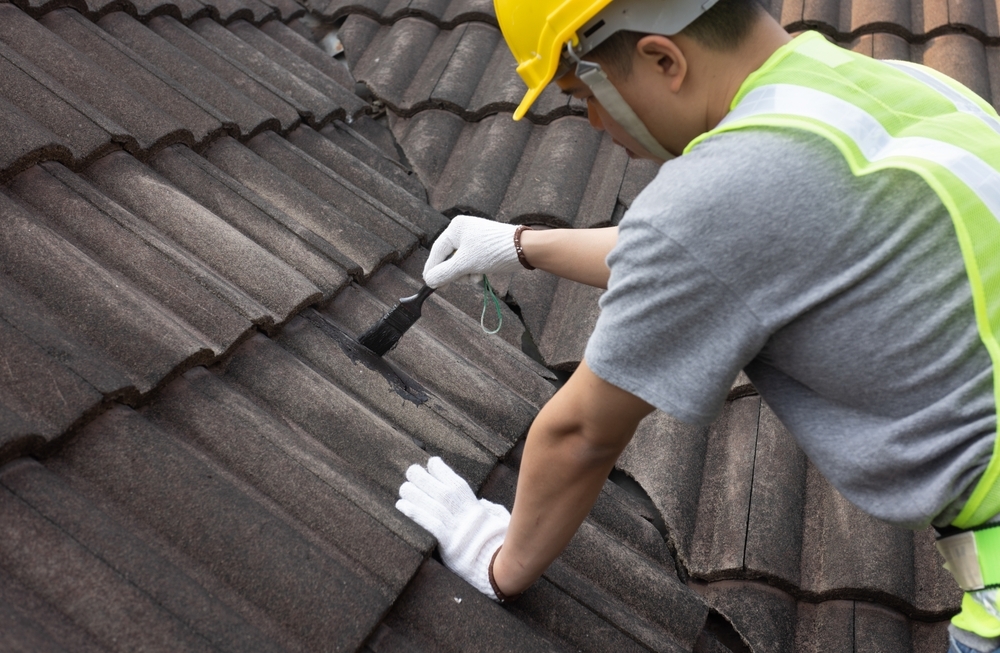
.jpg)

.jpg)
